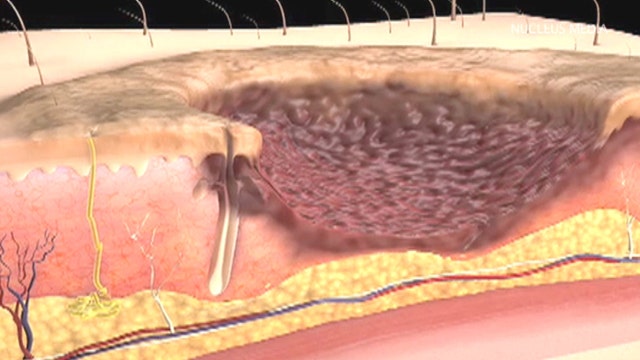What happens during a skin graft procedure?
Under the Knife: When skin becomes too damaged to heal properly, healthy skin is transplanted to the site. Dr. Manny goes into the operating room to show us exactly how it’s done
When skin becomes too damaged to heal properly, your surgeon will perform a skin graft procedure, which involves transplanting healthy skin onto the damaged site.
Conditions that may require this kind of procedure include a severe burn, skin ulcer, skin biopsy, surgical wound or infection.
Your surgeon will determine whether a split thickness skin graft or a full thickness skin graft is needed, depending on the depth of the area it needs to cover. After anesthesia, the surgeon uses an instrument called a dermatome to remove very thin slices of healthy skin, creating a split thickness skin graft. For full thickness skin grafts, a scalpel is used to remove all the layers of skin.
The area is cleaned, and any unhealthy tissue is removed. The surgeon places the skin graft on the wound site using stitches to secure it in place.
After the procedure is finished, your doctor will prescribe pain medications and give directions on how to properly clean and protect the skin as it heals.

